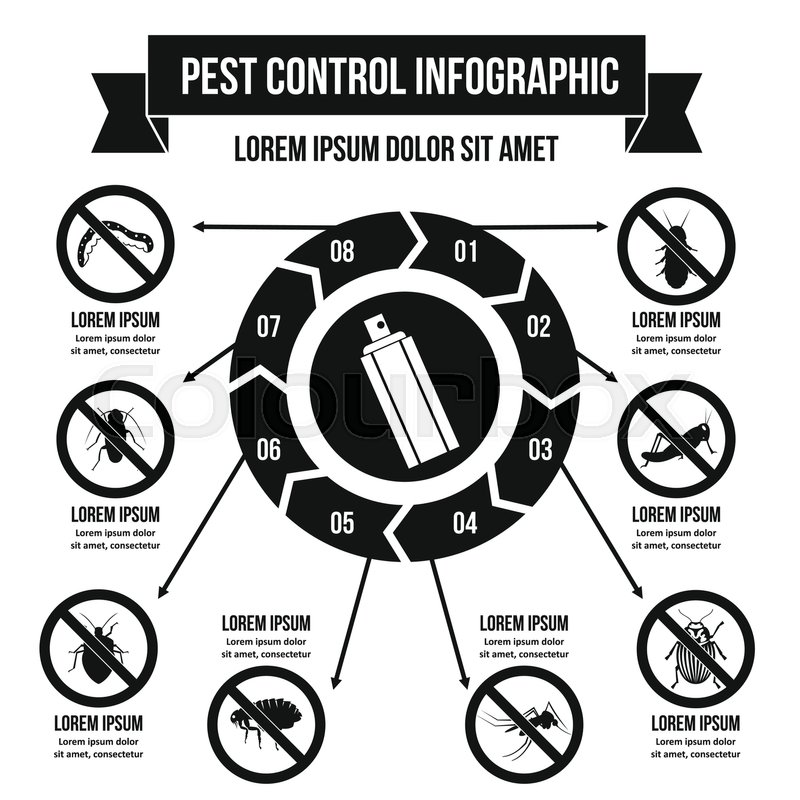Utilize Your Knowledge Of Rodent Nesting Behaviors To Outwit These Pest Management Methods
Utilize Your Knowledge Of Rodent Nesting Behaviors To Outwit These Pest Management Methods
Blog Article
Post By-Lorenzen Thorsen
When it concerns rodent control, understanding typical rodent habits is crucial to properly handling invasions. Did you understand that rats have some interesting nesting habits that might surprise you? By exploring their complex behaviors, you can acquire useful insights right into exactly how to deal with rodent problems in a more tactical and efficient fashion. So, let's decipher the secrets behind these creatures' actions and find out exactly how to outsmart them in your rodent control initiatives.
Rat Nesting Habits
When observing rats in their natural environment, you'll see that they proactively choose products to build their nests. Rodents, such as computer mice and rats, are clever animals that utilize a variety of products like branches, leaves, paper, and fabric to build their homes. They're careful in their nest-building process, often lining their nests with softer products like fur or plumes to create a cozy setting.
Rats like to develop their nests in surprise and secure places to secure themselves and their young from predators. Typical nesting places consist of wall surface dental caries, attic rooms, cellars, and also within insulation materials. By creating their nests in these remote areas, rodents can securely raise their spawn away from potential risks.
It is necessary to recognize the nesting routines of rats when executing control procedures. By disrupting their nests or eliminating products, you can discourage rodents from establishing a presence in your home or residential or commercial property. Proper hygiene and sealing entry factors are additionally important action in stopping rodent problems.
Rat Feeding Patterns
After observing rodents' nesting behaviors, it becomes obvious that their feeding patterns play a critical function in their every day lives and behaviors. Rats, including mice and rats, are opportunistic feeders, indicating they'll consume whatever food source is easily available. They're mainly nighttime creatures, choosing to forage for food during the cover of night to avoid killers.
Rats have a varied diet plan, varying from grains, seeds, fruits, and veggies to insects, nuts, and also small pets. This versatility in their food options permits them to thrive in numerous environments, including city locations where human food sources are bountiful.
Their feeding patterns aren't only driven by appetite but additionally by the requirement to accumulate food for times of scarcity. click the up coming website page is especially obvious to prepare for cold weather or when nesting. Rats are recognized to hoard food in their nests or burrows, ensuring a continuous food supply. Recognizing their feeding patterns is important in carrying out reliable rodent control steps to interrupt their food resources and protect against invasions.
Rat Motion and Travel
Rodents navigate their environments with agility and stealth, utilizing their keen senses to relocate quickly via their settings. These creatures are proficient mountain climbers, able to range walls and upright surface areas effortlessly. They can likewise press with remarkably tiny openings, making it important to seal off any type of possible entrance points in your home.
When https://www.mypmp.net/2023/02/01/modern-pest-services-acquires-ecochoice-termite-and-pest-control/ involves taking a trip, rats often tend to comply with familiar courses, creating routes along walls or skirting the sides of rooms. They're creatures of habit, typically sticking to these established paths as they forage for food or explore their surroundings.
Rats are understood for their nighttime practices, so you might hear them scampering about during the night as they look for food and water. Their movements are quick and unpredictable, permitting them to dart in and out of view in the blink of an eye.
Comprehending just how rats move and take a trip can help you identify potential invasion locations in your house and take aggressive steps to avoid these parasites from gaining a footing.
Final thought
As you function to manage rodents in your house, keep in mind that understanding their actions is key. By recognizing their nesting routines, feeding patterns, and activity, you can properly protect against invasions.
Coincidentally, by taking proactive actions to eliminate food sources and seal entry points, you can interrupt their familiar paths and require them to seek brand-new areas, ultimately decreasing the possibility of rodent presence in your home.
